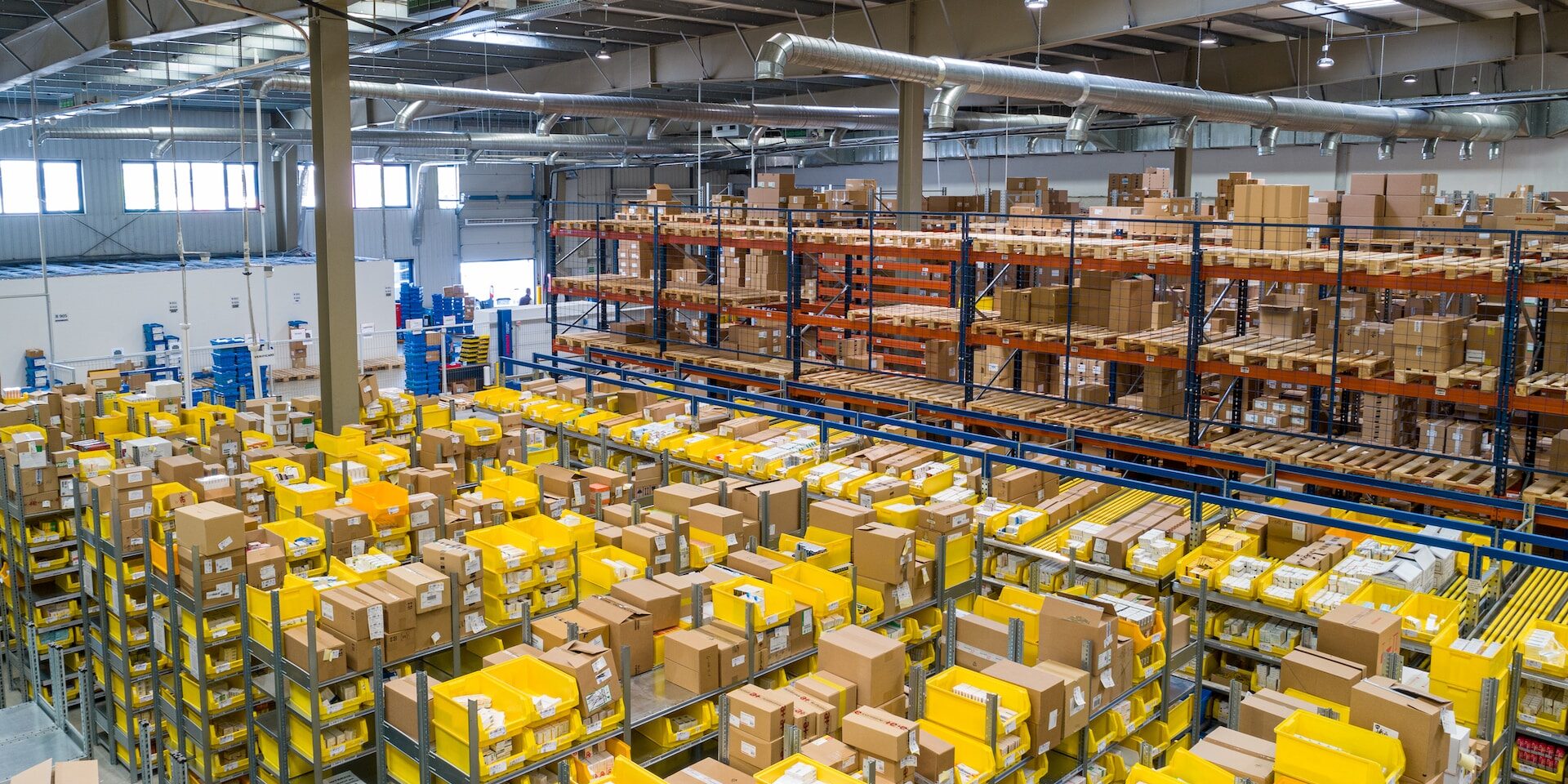The Benefits and Challenges of Implementing Green Logistics Strategies
Implementing green logistics strategies provides businesses with cost savings, environmental sustainability, and improved brand reputation. However, challenges such as high initial investment, complex supply chain networks, and regulatory compliance need to be addressed. By embracing sustainability, leveraging technology, and collaborating with partners, businesses can overcome these challenges and benefit from reduced costs, environmental responsibility, and a positive brand image. Green logistics contributes to a more sustainable future while providing tangible advantages for businesses.
One of the primary benefits of implementing green logistics strategies is cost savings. By optimizing transportation routes, improving fuel efficiency, and reducing energy consumption in warehouses, businesses can significantly reduce operational costs. Green practices such as route optimization and load consolidation minimize fuel consumption and transportation miles, leading to lower fuel expenses. Furthermore, energy-efficient warehouses and distribution centers reduce utility costs, contributing to long-term savings.
Another advantage of green logistics is the positive impact on the environment. By reducing carbon emissions, minimizing waste, and conserving resources, businesses contribute to sustainability and help combat climate change. Through initiatives like using alternative fuels, adopting electric vehicles, and implementing recycling programs, companies can lower their carbon footprint and promote environmental responsibility.
Implementing green logistics strategies also enhances brand reputation. Customers and stakeholders are increasingly conscious of environmental issues and expect businesses to demonstrate their commitment to sustainability. By adopting green practices, companies can differentiate themselves from competitors, attract environmentally conscious consumers, and build a positive brand image. Green initiatives can strengthen customer loyalty and improve brand reputation, leading to long-term business growth.
However, implementing green logistics strategies also presents challenges for businesses. One of the major challenges is the high initial investment required to transition to sustainable practices. Upgrading transportation fleets, implementing energy-efficient technologies, and retrofitting warehouses can involve significant costs. Businesses need to carefully evaluate the return on investment and develop long-term sustainability plans to justify these expenses.
Another challenge is the complexity of supply chain networks. Supply chains are often global and involve multiple partners, making it challenging to align sustainability practices across the entire network. Collaboration and communication with suppliers, manufacturers, and logistics providers are crucial to ensure the adoption of sustainable practices throughout the supply chain.
Additionally, regulatory compliance poses a challenge for businesses implementing green logistics strategies. Governments around the world are imposing stricter environmental regulations, which businesses must adhere to. Staying up-to-date with changing regulations, ensuring compliance, and navigating complex legal requirements can be demanding and time-consuming. However, overcoming these challenges is essential to maintain sustainable operations and avoid potential penalties or reputational risks.
To successfully implement green logistics strategies, businesses can leverage technology and innovation. Utilizing transportation management systems, data analytics, and Internet of Things (IoT) devices can optimize supply chain operations, improve efficiency, and reduce environmental impact. Automation and digitization enable better visibility, measurement, and control of sustainability initiatives.







